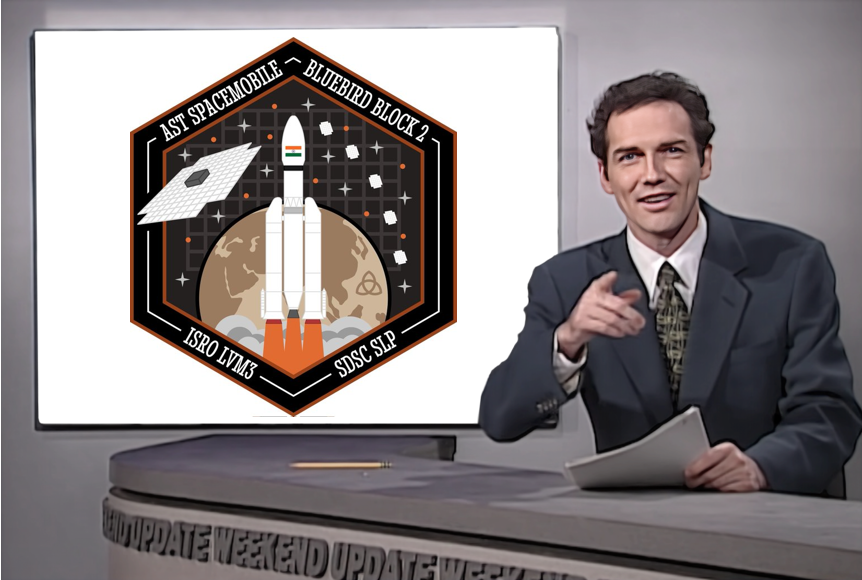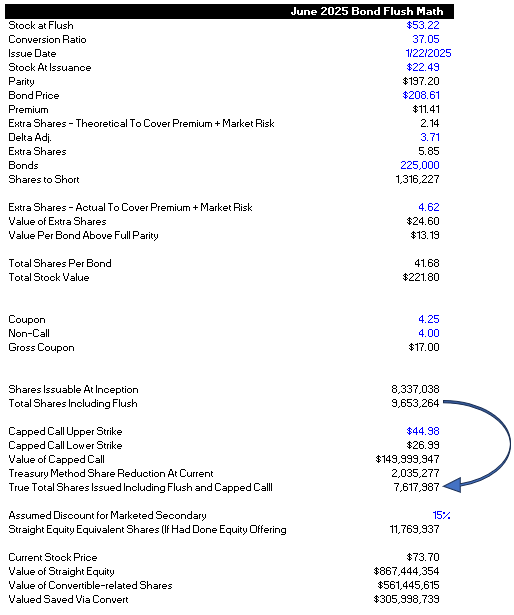Here is a review of the new $ASTS investor presentation, which can be found here:
ast-science.com/wp-content/upl…
ast-science.com/wp-content/upl…
First thing is this point, which is coincidence with the roadshow guidance from the December capital raise. FUNDED for production AND launch of Block 1. This means funded until first revenue, whereupon they should have break-even cash flow 

The TAM is very large. Note the explicit mention of IOT, wearables, etc. "unmodified, standard, existing spectrum." 

Review of the TAM. This is important for when real long only's show-up. They will want to have near endless runway for growth and opportunity 

ASTS will not aid in the weaponization of drones by excluding China and Russia. Made in Texas, bitches 

This capacity ramp is important. Remember, 6 satellites is a ton of revenue capacity. 72 satellites per year can likely increase over time. This is massively inflected revenue growth 

Look at the upper right hand corner...5Gs, just like we saw on the Vodafone test device at #MWC23. This one is a mockup (most likely). The other one, ...? 

Strategic investors have been repeat investors. Rakuten is super duper interested in dominating Japan. They are into this for $100MM. 

• • •
Missing some Tweet in this thread? You can try to
force a refresh












